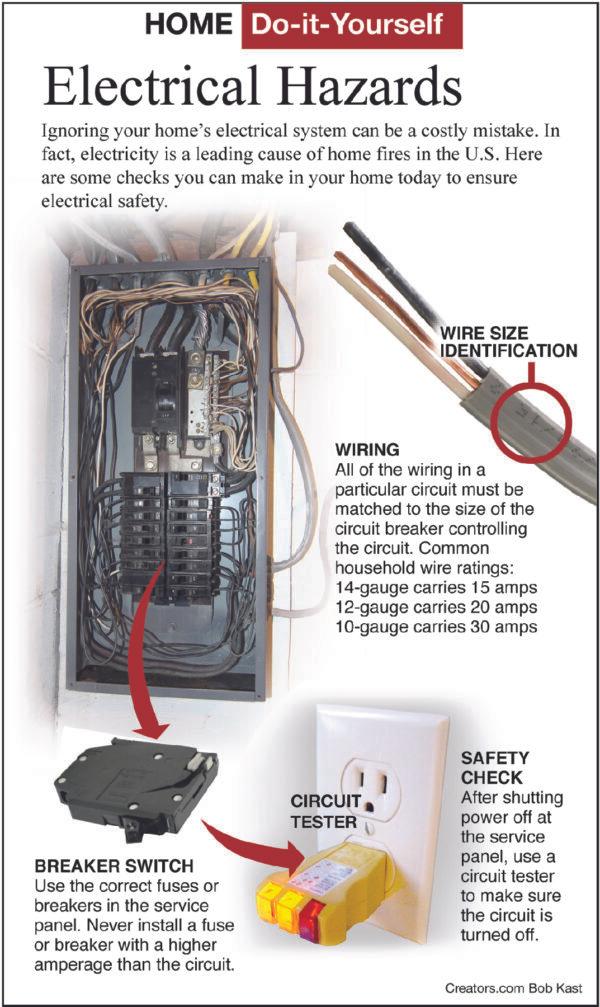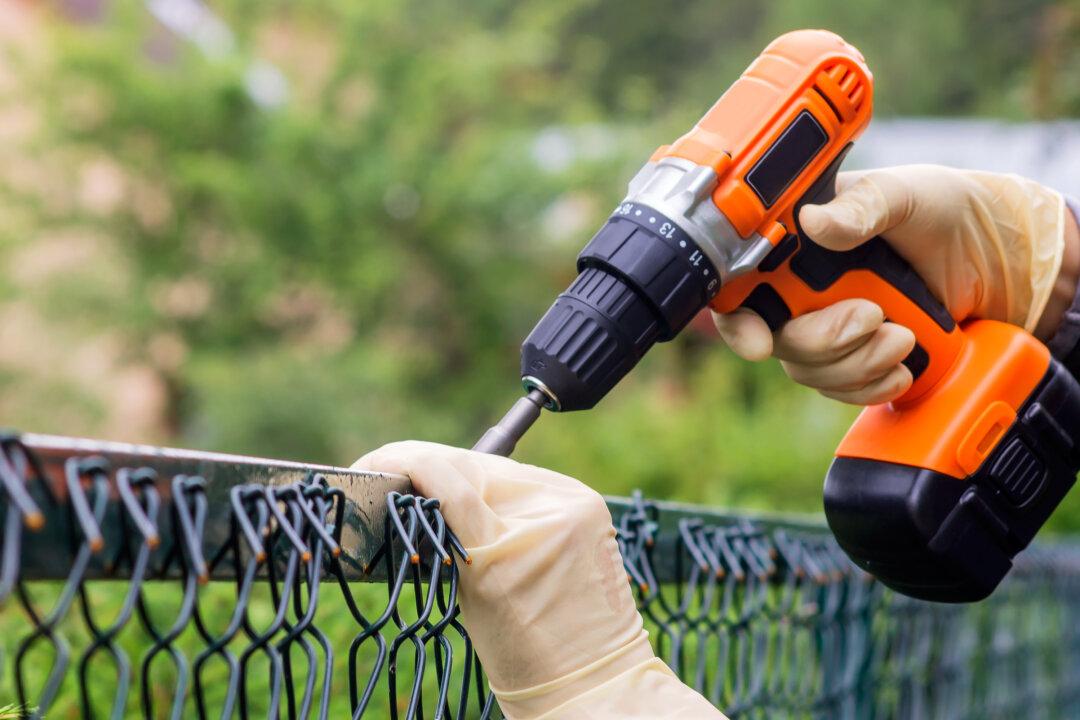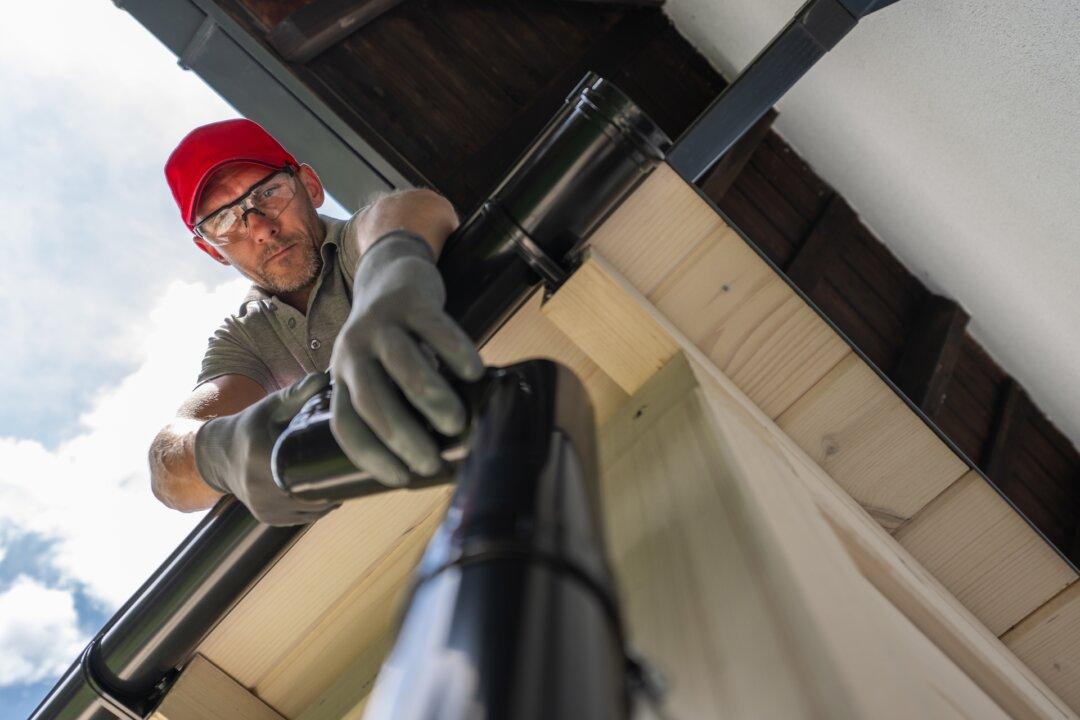Dear James: We are converting our family room into a bedroom and laundry room. I am pretty handy and want to do most of the wiring myself. Are there some common wiring errors I should look out for?—Anne R.
Dear Anne: Wiring a room looks like a simple project, especially when watching a professional electrician working on a house under construction with framed walls. It appears you just drill some holes in the studs; nail a few conduit boxes in place for lights, outlets, and switches; and attach them with wire.
It actually is much more detailed work than it appears. Unless you have some experience with electrical work, I recommend you invest the money to have it done professionally. Just one wire overheating inside a finished wall from improper installation can result in a house fire. A fire inside a wall can spread quickly inside the walls before you are aware of it.

If you do want to try it yourself, study all your local wiring codes, and then contact your local building inspectors. Check to see if you need a permit and if an unlicensed electrician is even allowed to do electrical work. If you are allowed to do the work yourself, it would still be wise to have an inspector come to check your work before the walls are enclosed in order to make sure it meets code.
Keep in mind that if you do the electrical work, you are responsible for it as long as it exists. If you sell your house 10 years from now and the new owners are injured due to your unlicensed electrical work, you may be liable.
One of the most common wiring mistakes made is drilling clearance holes too close to the edges of a stud. The edge of the hole in the stud should be no closer than 1 1/4 inches from the edge of the stud. This is to keep nails driven into the stud for drywall from reaching and piercing the insulation on the wiring. If a hole must be closer than 1 1/4 inches, a protective metal nail plate must cover that area of the stud edge.
Even though it saves time, don’t group low-voltage, communication, and line-voltage (120 volt) lines through the same holes in the studs. Line-voltage wires carrying standard alternating current can cause interference with communication wires, such as ones from a computer or telephone. Line-voltage wires should always be separated at least six inches from other wiring within a wall.
A more serious problem is if a line-voltage line shorts out to a communication or low-voltage wire. This not only can cause a fire but also can destroy any equipment attached to the low-voltage wiring. I have seen the entire low-voltage control system on a furnace destroyed in this way.
Plan all your wiring before purchasing the conduit boxes so you know what size boxes to get. Even the proper-sized wiring can get warm when electric current runs through it. Switches and connections with wire nuts can get even warmer. If you group too many wires, switches, etc., into a small conduit box, it may overheat and become a hazard.
Don’t ever hang anything, such as a support for a dropped ceiling or a recessed light fixture, from electrical wiring. This can stretch and weaken the insulation over time, which may cause higher resistance, overheating, or even a short.
Send your questions to Here’s How, 6906 Royalgreen Dr., Cincinnati, Ohio 45244, or visit Dulley.com. To find out more about James Dulley and read features by other Creators Syndicate writers and cartoonists, visit the Creators Syndicate website at Creators.com. Copyright 2020 Creators.com.





